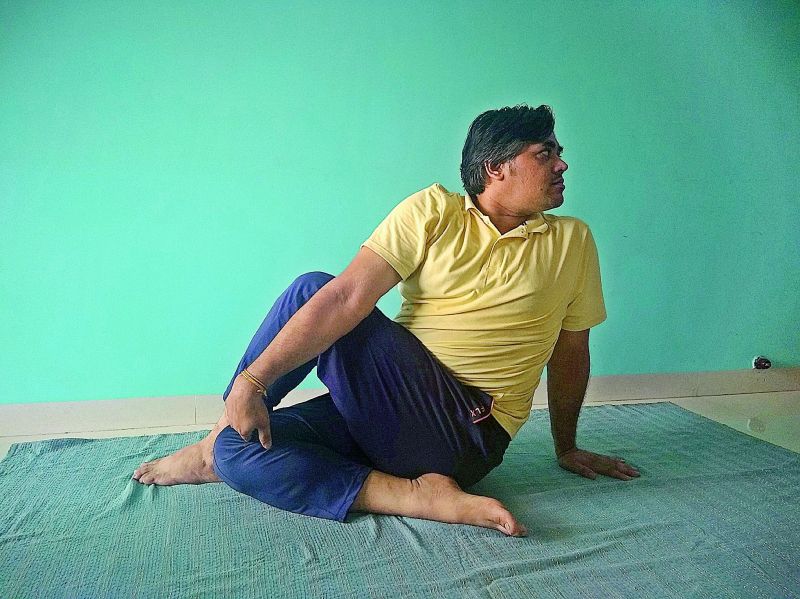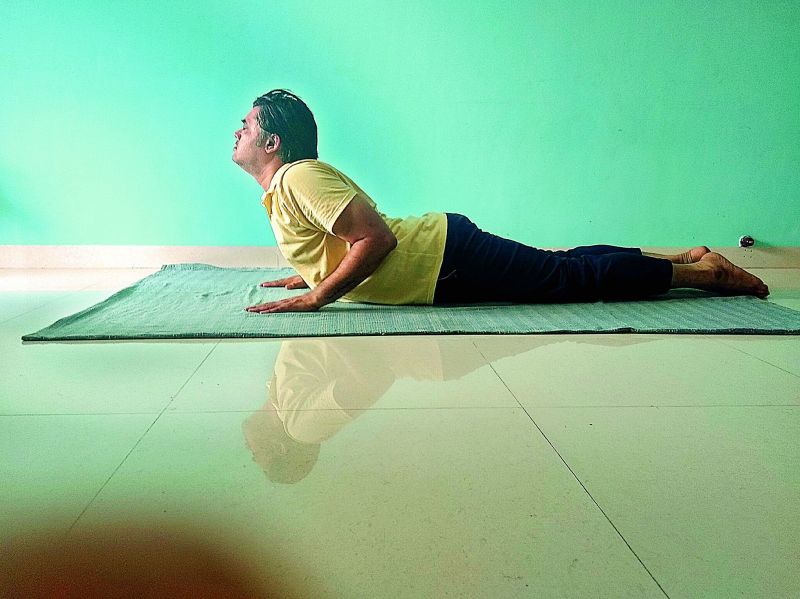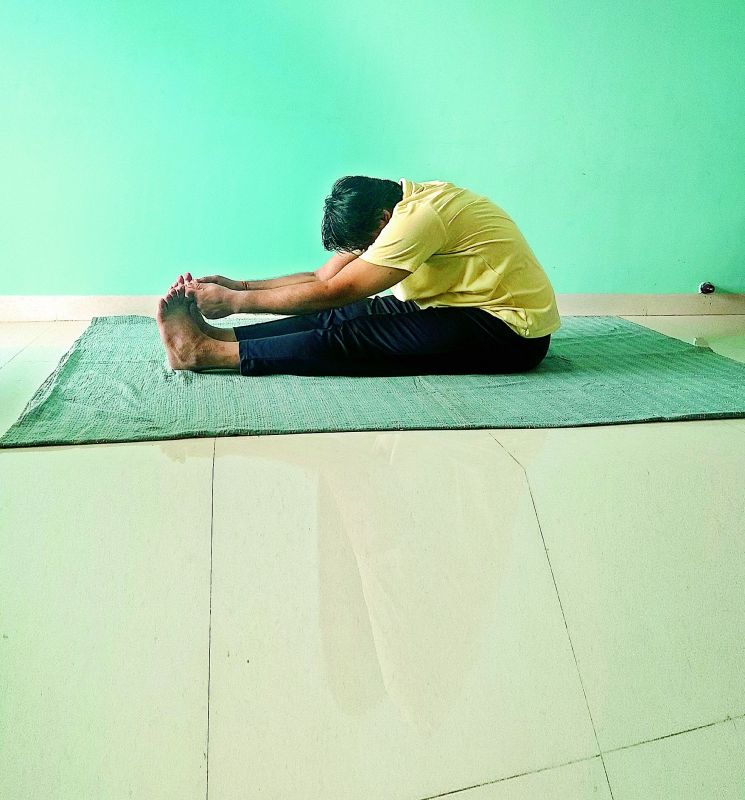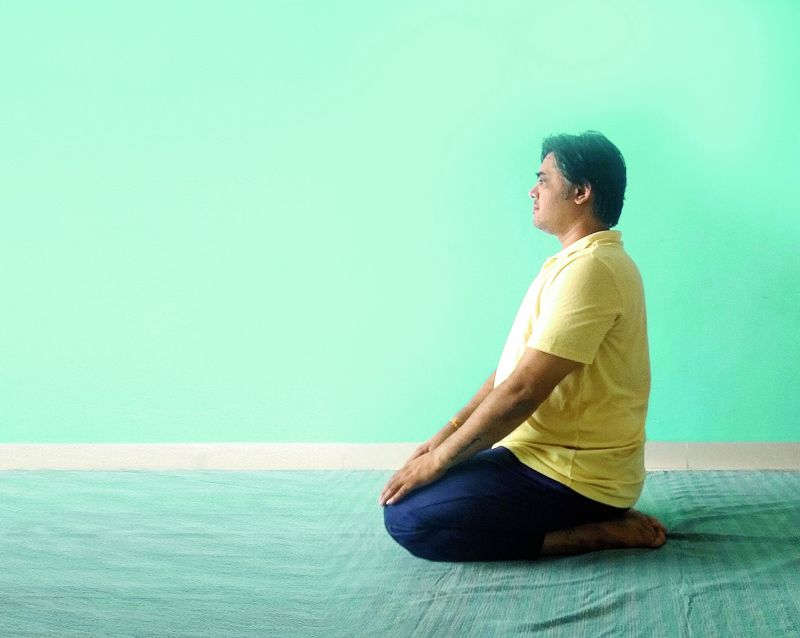That gut feeling

In our fast-paced, deadline-driven lives, we often ignore the signs our body gives us. We do not even realise when our sedentary lifestyles, coupled with unhealthy diet lead to health issues such as chronic back pain and digestive problems. Hence, one needs to fight off health issues by engaging in sufficient physical exercise, as well as by consuming fiber-rich food and an adequate amount of water. Lack of fiber-rich food leads to constipation, which manifests as strained bowel movement, bloated stomach with aches and cramps.
According to yoga trainer Anand Ramaswamy, one must include the following in their daily lives for a seamless bowel movement. “Have a diet rich in fibrous fruits and seasonal green leafy vegetables. Stay away from refined flour or its derivatives and you will notice your digestion improving. Also, drink eight to 10 glasses of water every day. Having a glass of warm water in the morning also helps,” he says.
However, Ramaswamy says that along with improving dietary habits, it is equally important to exercise. “There are certain yoga asanas that help in regulating blood circulation in the abdomen and release muscular stress from the abdominal region,” says the co-founder of WeLiveYoga.
Ardha Matsyendrasana

This pose stretches the spine and the abdomen, improving the flow of blood in those regions
Sit with both legs stretched out straight in front of you, keeping the feet together and the spine erect.
Cross your left leg over your right, such that the sole of your left foot touches the floor next to your right knee. Next, place your right hand over your left knee, with the palm facing outwards. Place your left hand behind you.
While in this position, twist the waist, shoulders, and neck to the left and look over the left shoulder keeping the spine erect.
Hold for two-three minutes and continue with gentle, long breaths.
While breathing out, release the left hand first (the hand behind you), then waist, chest and lastly the neck and sit up relaxed yet straight.
Repeat on the other side.
Bhujangasana

The asana makes one rest on the abdomen, hence stimulating the organs within
Lie flat on your stomach, feet together and hands on either side.
Stretch your hands forward, making sure they are at shoulder level and place your palms on the floor.
Now, adjusting your body’s weight on your palms, inhale and raise your head and torso. Note that your arms should be bent at your elbows at this stage.
Arch your neck backward in an attempt to replicate the cobra. But make sure your shoulder blades are firm, and your shoulders are away from your ears.
Press your hips, thighs, and feet to the floor.
Hold the asana for about 15 to 30 seconds while breathing normally
Now slowly bring your hands back to the sides. Rest your forehead on the floor.
Paschimottanasana

Also known as the seated, forward bend, it can help relax pelvic muscles tensed from sitting for long periods and promotes better blood flow. This massages the abdominal organs
Sit with your legs stretched out in front of you. Inhale, keeping your upper body upright and lean forward.
Stretch your back as you reach the floor and try to grab your feet with your hands.
Hold this posture for one to three minutes. Focus on your breathing and see if you can slowly relax and loosen tensed muscles.
Vajrasana

This improves blood circulation to the abdominal region and hence, aids digestion. It is the only asana that can be done after meals
Kneel down with your lower legs stretching backward. Keep them close together such that your big toes cross each other.
Gently lower your body such that your buttocks are resting on your heels and your thighs on your calf muscles.
Place hands on your knees, and set your gaze forward with your head, back, and spine absolutely erect. Your chin should be parallel to the ground.
Focus on breathing slowly and steadily. Retain the posture, gradually increasing the duration for up to five minutes as you get comfortable.

